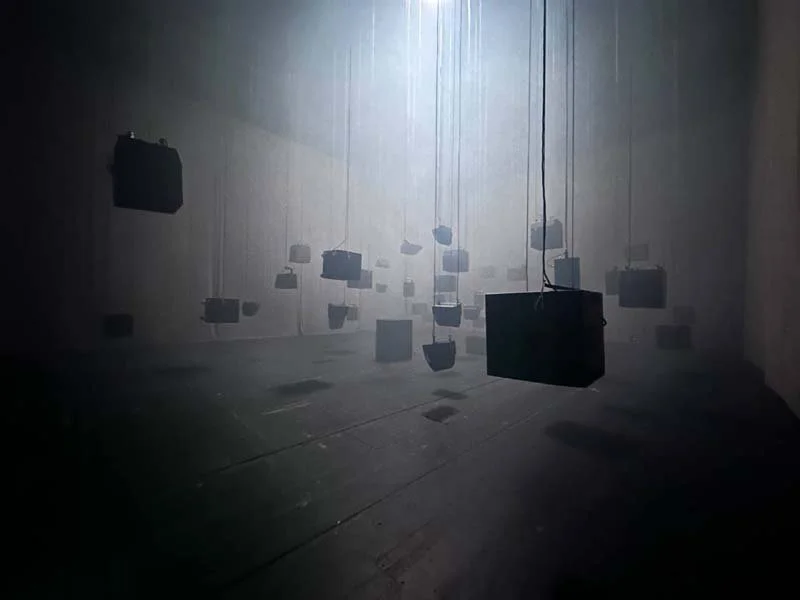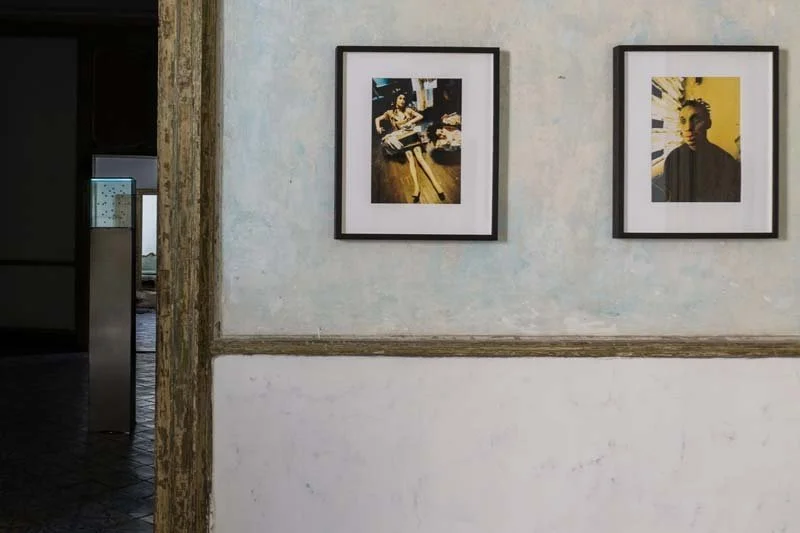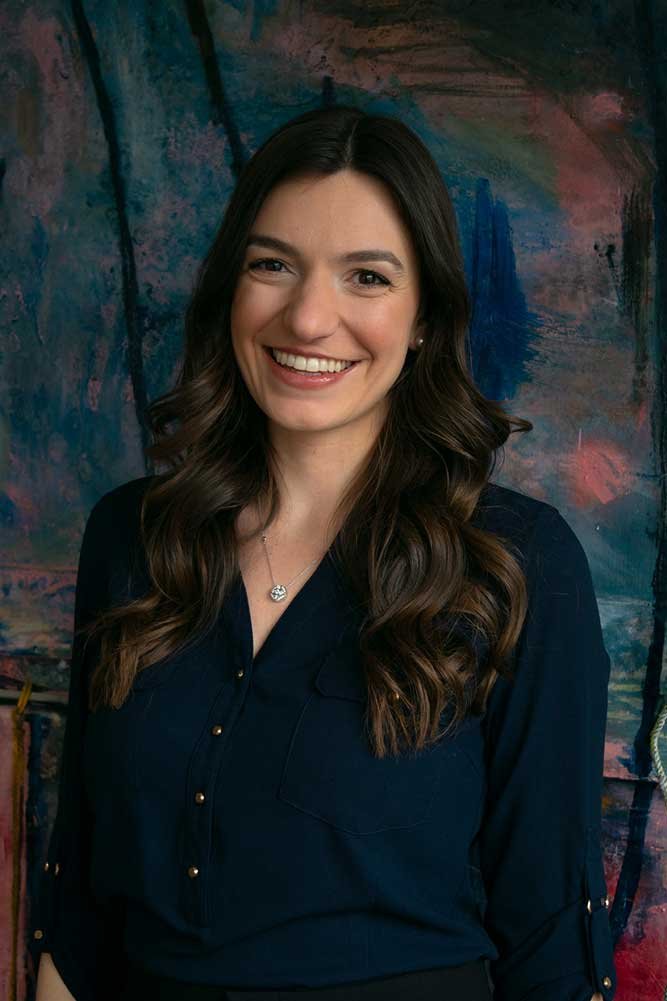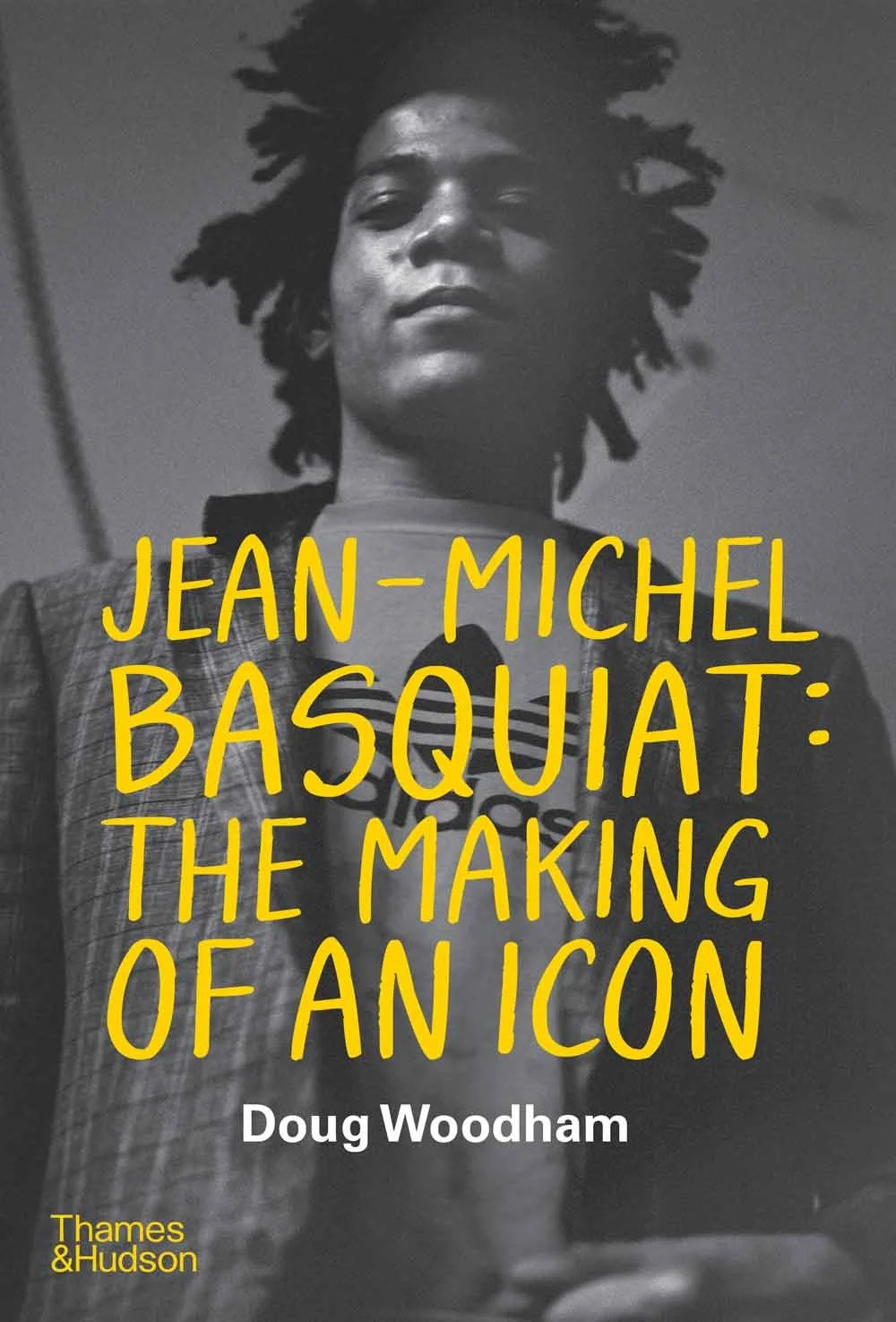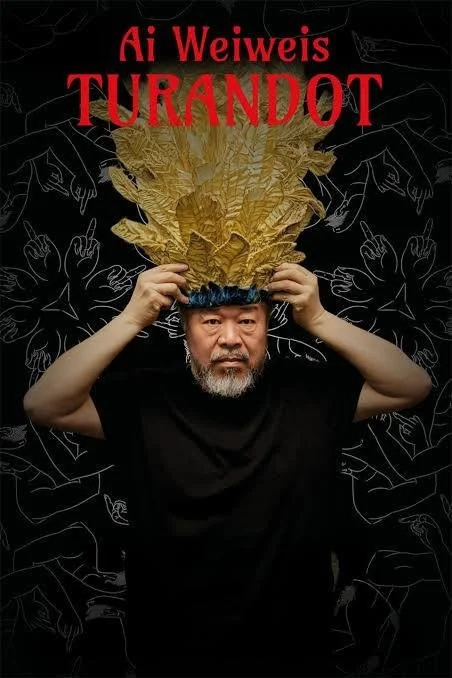Maria Abramenko is an independent curator, critic, and art editor whose practice focuses on sound and digital art. Her graduate dissertation explored the challenges of curating sound-based works. She has curated exhibitions for major events including Manifesta12, the 58th Venice Biennale, and MiArt. As art editor at Nasty Magazine, she has interviewed leading contemporary artists, and recently curated online exhibitions for Cardi Gallery London. Born in Russia and raised in Israel, Abramenko studied art conservation in Florence and has lived and worked across Europe, developing projects that engage diverse audiences through interdisciplinary and experimental approaches.
You’ve been immersed in the arts since early childhood. How did those early experiences shape the way you see art today?
I first started art school when I was just 2 years old—my parents were taking me to drawing classes at the time, and that early exposure sparked a lifelong connection with art. As I grew older, that passion only deepened. I eventually moved to Florence to study restoration for my BA, where I built a strong foundation in classical techniques and art history. Later, I pursued an MA in Curatorial Practice at the Royal College of Art in London, focusing on how art is shared, interpreted, and experienced by others. For me, the arts are more than a profession—they're a vital way of seeing and understanding the world.
Your practice is incredibly nomadic and dynamic—curating across countries and disciplines. What does a day in your working life look like, and what draws you to this kind of rhythm?
There’s no such thing as a typical day for me, which is exactly what I love about my work. I travel a lot, working in different countries and curating exhibitions in a variety of contexts. Each project takes me somewhere new—both physically and creatively. I’m constantly discovering new places, meeting incredibly talented artists, and collaborating with people from all over the world. That’s what I love most about my job: every project is a story, with its own unique rhythm, voice, and vision. It keeps everything exciting, challenging, and full of discovery.
With exhibitions planned in both Italy and London this summer, what kinds of ideas or themes are you exploring in your current projects? At the moment, I have a few big projects in the works that I’m really excited about, but I can’t share too much just yet. I can say that I can’t wait to announce them soon—there’s a lot to look forward to! In the meantime, I do have three upcoming shows across Italy—Rome, Milan, and Taranto—and three more in London this summer. It’s definitely going to be a busy season, but I’m thrilled about the opportunity to share these new works. It’s a lot of information to take in, but for anyone interested in following along, the news will be out soon, so stay tuned!
The work of art most important for me is one that challenges perceptions and invites deeper thought. It’s not necessarily about a single piece, but rather the kind of work that makes me question, reflect, and feel something beyond the surface. Whether it’s a classical restoration or a contemporary installation, I’m drawn to works that tell a story, provoke conversation, or capture a moment of truth. Art that stays with you long after you’ve experienced it—that’s what I find most important.
If you could sit down with any artist, past or present, who would it be and why? Nan Goldin
After six years in London, you’ve recently returned to Milan. What are you noticing most about reconnecting with the city? I recently moved back to Milan after six years in London, and I’m still getting used to it slowly. Milan has its strengths, especially when it comes to its place in the art and design world, but it’s been an adjustment for me. The pace and energy are different, and I’m taking my time to reacquaint myself with the city. This year, I’m also working a lot in New York, which is definitely helping me keep a sense of balance between the two places and adding a fresh perspective to my work.
The main characteristic of a good curator is the ability to understand and interpret an artist's thoughts accurately, and then tell a compelling story through the artwork. A good curator knows how to place these works within the broader context of the art world, giving them relevance and meaning. It’s not just about arranging pieces in a space, but about understanding the artist’s vision and ensuring it’s communicated to the audience in a way that resonates. Context is key—both in terms of historical relevance and the present moment—and a curator’s role is to create a dialogue between the artwork, the artist, and the viewer.
What is your favourite epoch? The mid-20th century really stands out to me because it gave us thinkers like Henry Miller, Carl Jung, and William S. Burroughs—figures who shaped our understanding of the world. After the World Wars, their work explored human nature, the unconscious, and rebellion against societal norms. Today, we’re still facing many of the same struggles—conflict and instability. Unfortunately, we don’t have voices like theirs today—people willing to question the system and address the complexities of our time. The questions they raised about freedom, power, and the human condition remain relevant, but it feels like we’re missing those who would speak out with the same urgency.
You've lived in Russia, Israel, Italy, the UK—and your work often connects past and present, analog and digital. How do these different cultural and educational influences come together in your curatorial voice? My background has had a huge impact on my work. Starting art school at such a young age exposed me to a wide range of influences early on, from classical techniques to contemporary ideas. Moving to Florence to study restoration gave me a deeper understanding of art history and the importance of preservation, while my time at the Royal College of Art expanded my perspective on curatorial practice. These experiences have shaped my approach to art and curation, focusing on connecting the past with the present, understanding the artist’s intent, and creating dialogues between the artwork and the audience.
Can you recall a moment when a project didn’t go as planned? How do you navigate the unpredictability that often comes with creative production? Every project has its challenges, and the result is never perfectly aligned with the original idea—that’s just part of the creative process.
How do you balance the creative vision of an exhibition with the practical constraints of budget and space?
It’s tough and almost impossible at times, but I always find a solution. I focus on the core message and adjust it to fit the space and budget. The challenge is part of what makes it rewarding.
In your opinion, what role do museums and galleries play in shaping public perception of contemporary social issues? How do you balance the educational and aesthetic aspects of an exhibition?
Museums and galleries can be limiting for artistic expression. The constraints of space, budget, and institutional politics often restrict what artists can do. While they offer a platform, the focus on accessibility or visual appeal can overshadow more experimental or challenging work. Balancing aesthetics with deeper ideas is a struggle, and these spaces don’t always allow for full creative freedom.
When working with artists, how do you strike a balance between supporting their vision and meeting institutional or logistical needs?
I never try to align an artist's vision with institutional goals. I believe in giving artists complete freedom to express themselves without restrictions. My role is to create a space where they can showcase their work authentically, without compromising their ideas. It's about supporting their creative process and allowing the work to stand on its own, rather than forcing it to fit into a predefined institutional framework.
How do you engage with the local community to ensure that exhibitions resonate with diverse audiences?
That very much depends by the project and the location.
Can you describe a mentor or influential figure and the impact they had on your professional development? What advice would you give to aspiring museum professionals or artists entering the field today? One of the most influential figures in my development was my tutor, Ben Cranfield, at the Royal College of Art. He taught me how to shift my approach from being a party girl at the gallery to a professional curator and writer. His guidance helped me take my passion for art more seriously and channel it into a focused, professional career. I’m very grateful to him for this transformation and the way he helped shape my work and perspective.
For aspiring museum professionals or artists, my advice would be to take risks, stay authentic to your voice, and always seek to learn and grow. The field can be tough, but staying true to your vision and professional growth is key to creating meaningful work.
How do you approach the development of new exhibitions?
When I have an idea for an exhibition, it just comes to me—sometimes even in a dream at night. I’m really good at making connections in my head, pulling together different elements that feel right. Once the vision clicks, I focus on making it work practically—finding the right space, managing logistics, and collaborating with artists. It’s an intuitive process that evolves as I go.
You work in a field where AI is increasingly present, from digital installations to curatorial tools. How do you see technology shaping the future of curation—and what do you think should remain inherently human in art? cit: (IA answer)
AI is reshaping curatorial practices by offering new ways to analyze data, create interactive exhibitions, and personalize experiences. It opens up exciting possibilities, like virtual galleries and digital art. However, handmade art still holds a unique value. The imperfections and emotional depth of human-made works create a connection that AI can’t replicate. While technology can enhance the process, the human touch in art remains irreplaceable.
So perhaps positively at the end of the day?))) not sure.




